New Horizons Trajectory Movie
This animation illustrates the trajectory (path through the Solar System) of the New Horizons space mission to Pluto and beyond.
Note: If you cannot see the movie you may need to download the latest QuickTime player.
Movie courtesy of NASA/Johns Hopkins University Applied Physics Laboratory/Southwest Research Institute. |
The animation begins with the launch of New Horizons from Earth on January 19, 2006. New Horizons zoomed away from our planet at the highest
speed of any spacecraft leaving Earth so far... it was traveling at 16.21 km/s
(36,300 mph) when its engine shut down!
New Horizons crossed the orbit of Mars on April 7, 2006. The spacecraft safely passed through the asteroid
belt between the orbits of Mars and Jupiter during a five month period lasting from May through October 2006.
Next, the animation shows the spacecraft during its Jupiter flyby in February 2007. A gravity assist from the gas giant planet increases New Horizon's speed, cutting years off its journey to Pluto.
The spacecraft is expected to fly past Pluto and its largest moon Charon in July 2015. After that, scientists hope to steer New Horizons on to a close encounter with one or more Kuiper Belt Objects.
More New Horizons mission movies:
 Animation of the New Horizons mission (6.4 MB)
Animation of the New Horizons mission (6.4 MB)
 Video of the launch of the New Horizons mission (5.5 MB)
Video of the launch of the New Horizons mission (5.5 MB)
You might also be interested in:
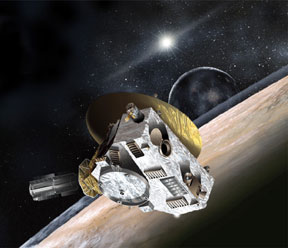
NASA is sending a spacecraft to Pluto. The spacecraft is named New Horizons. New Horizons, which is a robot, will be the first spacecraft to visit Pluto. New Horizons blasted off in January 2006. New Horizons
...more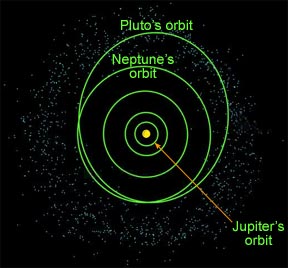
The outer edge of our Solar System is not empty. There are many, many huge spheres of ice and rock out near Pluto's orbit. Astronomers call this huge group of planetoids "Kuiper Belt Objects", or "KBOs"
...more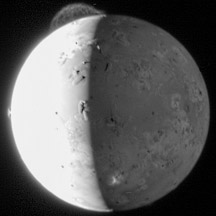
The New Horizons spacecraft is on its way to Pluto. Along the way, it flew past the giant planet Jupiter. When the spacecraft flew by Jupiter, Jupiter's strong gravity gave New Horizons a "slingshot
...more
Here you will find links to all sorts of pictures, animations, videos, sounds, and interactive multimedia that are on Windows to the Universe Explore collections of images in the Image Galleries. Watch
...more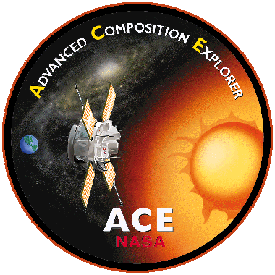
Have you ever wondered what you are made of? Where did the elements come from that make up your body? The elements that make up your body are the same elements found on the Earth. Where did those Earth
...more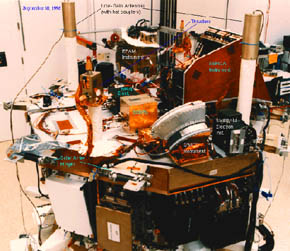
The ACE spacecraft consists of a two-deck irregular octagon, about 1.6 meters (65 inches) across and about 1 meter (40 inches) high. Eight of the scientific instruments which measure a variety of particle
...more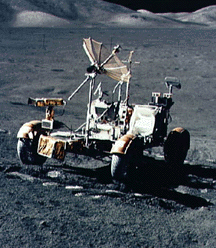
Astronauts Eugene Cernan and Harold Schmitt were the last humans to walk on the Moon, in the final mission of the Apollo space program. Together with Ronald Evans, they lifted off on Dec. 7, 1972 aboard
...more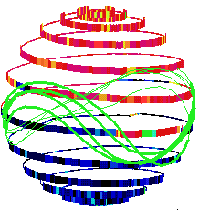
This image shows the magnetic field polarity that Ulysses measured while traveling from the South pole to the North pole of the Sun. Blue values represent regions where the magnetic field pointed toward
...more
![]() Animation of the New Horizons mission (6.4 MB)
Animation of the New Horizons mission (6.4 MB)![]() Video of the launch of the New Horizons mission (5.5 MB)
Video of the launch of the New Horizons mission (5.5 MB)













